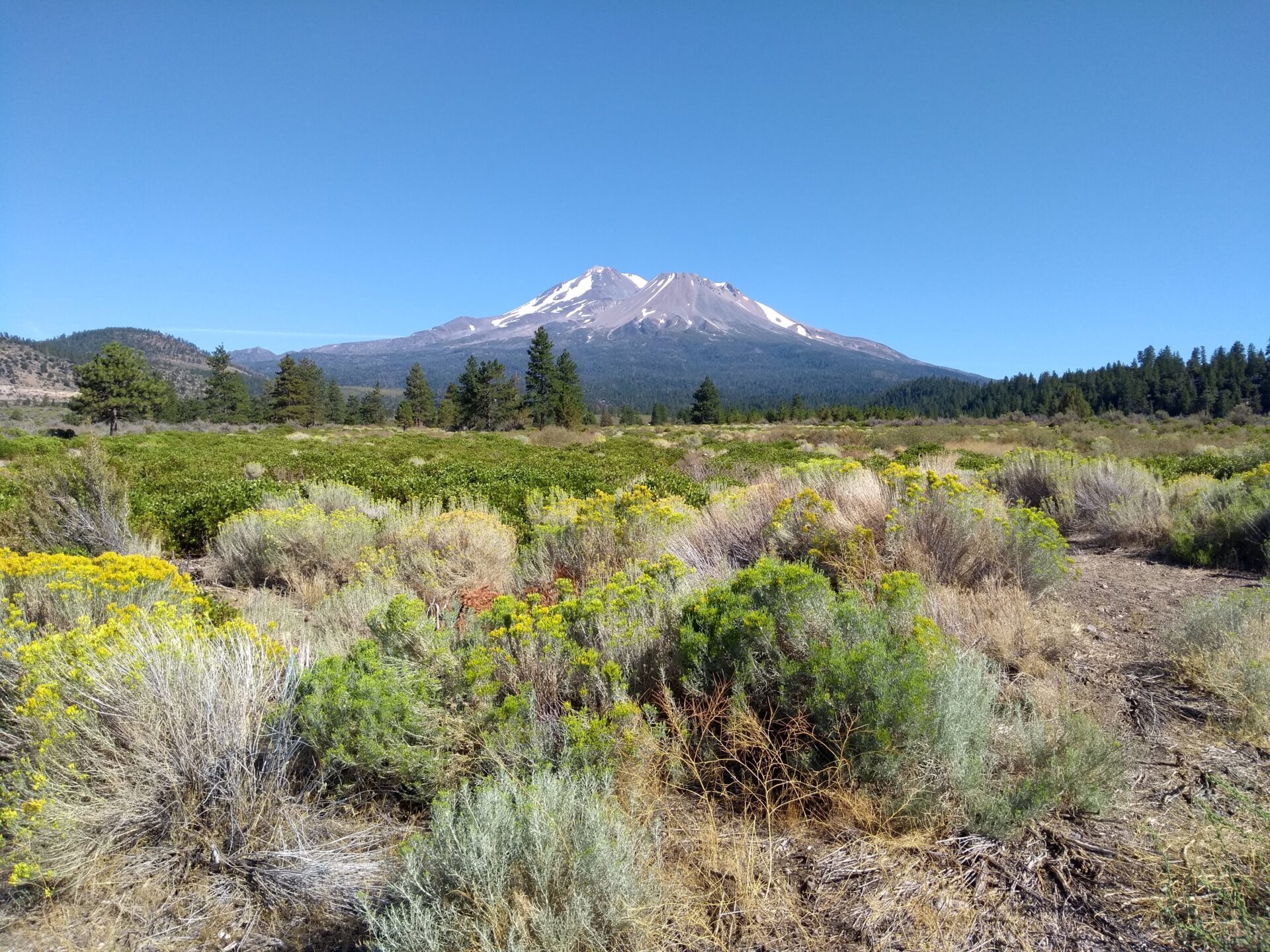Climate Stress Index using downscaled RPA climate change data and 4th Assessment vegetation projections.
USFS developed an approach to rank geographic areas along a gradient of high to low future climate stress to terrestrial wildlife habitat (Joyce et al. 2008). The terrestrial climate stress index (TCSI) incorporated components of climate (i.e. changes in mean annual temperature and precipitation), climate-induced shifts in habitat area, and climate-induced changes in habitat quality as reflected in vegetation production. Historical climate data, future climate projection data, and vegetation projection data were from the MC1 model used as part of the VINCERA (Vulnerability and Impacts of North American Forests to Climate: Ecosystem Responses and Adaptation) project (Bachelet et al 2008, Lenihan et al. 2008), provided by Ron Neilson and Ray Drapek. Following this initial implementation of the TCSI, Neilson and Drapek provided MC1 output at a finer spatial scale (0.083 degree grid) and USFS explored the influence of spatial scale on the TCSI.
The 2010 RPA Assessment incorporated the TCSI to evaluate the stress to wildlife habitats attributed to projected changes in climate and vegetation. The analysis was based on climate models used in the 3rd IPCC Climate Change Assessment and at the 0.5 degree spatial scale (Joyce et al. 2008). Other resource responses to climate change in the 2010 RPA Assessment were based on finer scale representations of temperature and precipitation statistics from the 4th IPCC Assessment (county and 0.083 degrees). Joyce and Flather examined how robust their Terrestrial Climate Stress Index (TCSI; based on the 3rd IPCC Assessment) was to a shift in scale (0.5 degree versus 0.083 degree) and the climate model vintage (3rd versus 4th IPCC Assessment). Preliminary results indicated that the TCSI was sensitive to scale and GCMs. Because of this sensitivity, there is a need to re-estimate wildlife habitat climate stress using the RPA downscaled 4th Assessment GCM data.
Concurrent with this analysis, Dominique Bachelet and colleagues have been examining input data and model structure of MC1, and consequently improvements have been made to input data and programming. They have also been exploring other factors, such as the influence of platform on the model results. And as part of the mission of CBI, they have posted results to the DataBasin for scientists interested in using this model in conservation assessment. Bachelet and colleagues are preparing to run the MC1 model at a finer spatial resolution (0.083 degrees) with these new modifications to MC1. Joyce and Flather are interested in having the MC1 model run at the finer spatial scale with the AR4 climate. Joyce and Flather will then use this new output to re-estimate the Terrestrial Climate Stress Index (TCSI) for the western United States using the GCMs from the 4th IPCC assessment (CSIRO-Mk3, Hadley-CM3, and MIROC3.2 medium resolution), a dynamic vegetation model (MC1), and a finer spatial resolution (0.083 degrees).
Lead PI: Linda Joyce
Funded by USFS Rocky Mountain Station



